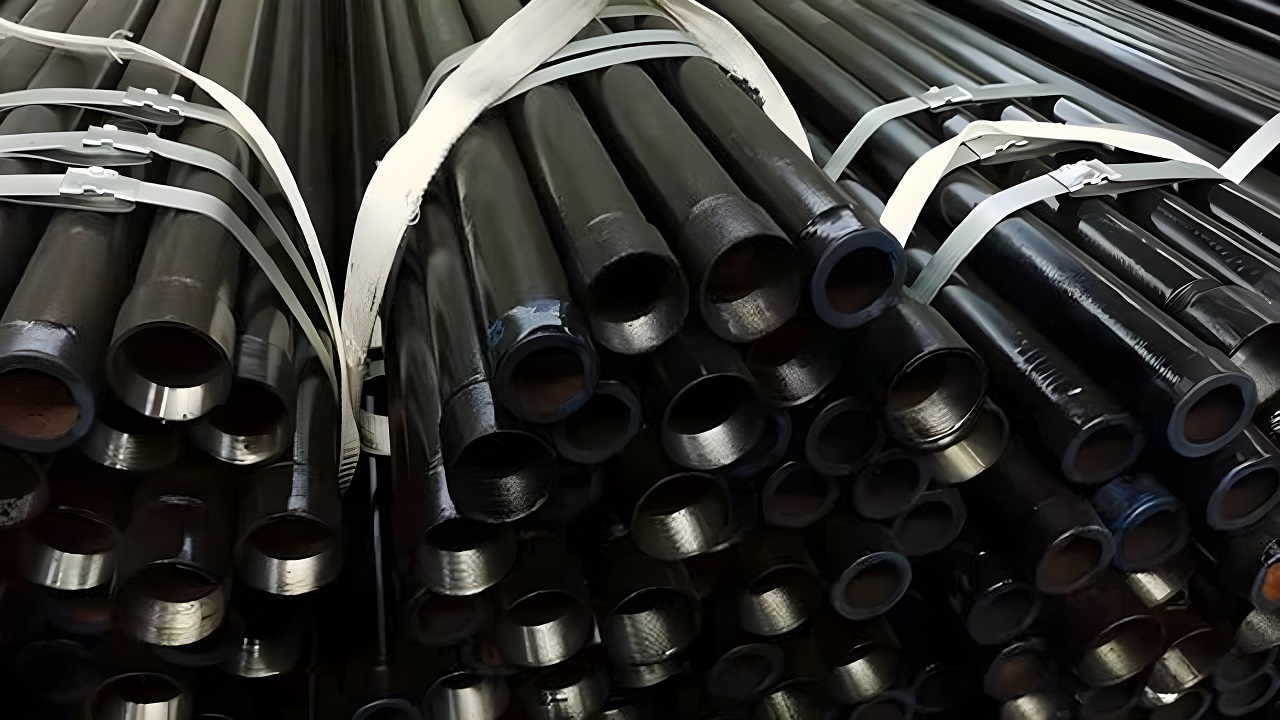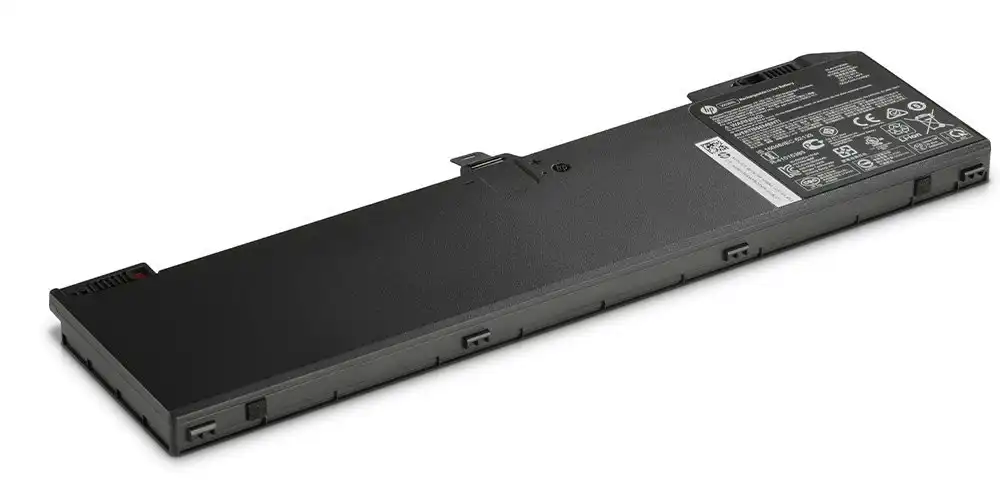Pipes made from API 5L X46 steel are an essential part of the petroleum and natural gas industries, as they are used to transport extracted materials to processing plants. These pipes are manufactured to the exacting specifications of the API (American Petroleum Institute). There are several crucial steps in the production process that guarantee the pipes’ longevity, sturdiness, and dependability. Let’s delve into the details of how API 5L X46 steel pipes are made. Check out the API 5L X46 Pipe Manufacturer in China by clicking the link.
Choosing the Right Raw Materials
Selecting high-quality raw materials is the first step in the long process of making API 5L X46 steel pipes. Carbon steel is the most common material because of its high strength and resistance to corrosion in harsh environments like those found in the oil and gas industries.
Steel Casting
Steel casting is the first step in production after raw materials are selected. Steel billets are cast from molten metal that has been poured into molds. These billets are used as raw materials in the subsequent processing steps.
Heating and Rolling
The billets are then put through rolling mills at high temperatures. Hot rolling is a method of reducing the cross-sectional area of steel in preparation for further shaping into cylinders. Hot rolling improves the steel’s ductility and formability, making the pipes more resilient to wear and tear.
Extrusion and Piercing
Next, the heated billets are pierced to make hollow tubes, which will be used later in the process of making seamless pipes. Extruding these tubes through specialized machinery results in uniformly sized, seamless pipes.
Heat Treatment
The mechanical properties of API 5L X46 steel pipes are enhanced through heat treatment. To improve the pipes’ toughness and strength, they are put through a series of controlled heating and cooling cycles.
Cold Drawing
Cold drawing, where the pipes are shrunk in diameter and their dimensions are improved by being pulled through specialized dies, is a possible next step in the process of refining the pipes. Since cold drawing boosts the pipes’ yield strength, it’s an appropriate choice for the high-pressure conditions they’ll experience in use.
Straightening and Inspection:
Next, the pipes go through straightening processes to get them back to their original, perfect form. At this point, the pipes are inspected thoroughly to make sure they have the right chemical make-up and mechanical properties to pass API testing.
Cutting and Finishing
The pipes are then cut to the required sizes after passing quality control checks. In preparation for welding, the pipe ends are beveled. Corrosion can be avoided in transit and storage by coating the pipes with a protective material.
Quality Testing
A number of rigorous quality tests, such as hydrostatic testing, CVN impact testing, flattening testing, and others, are performed on API 5L X46 steel pipes. Pipes’ safety and dependability can’t be guaranteed without these tests making sure they can handle the pressure of their intended uses.
Marking and Packaging
After passing inspection, the pipes are stamped with vital details such as their size, grade, manufacturing method, and the standards that apply to them. After the pipes are cleaned, they are packaged securely to avoid damage in transit.
Conclusion
API 5L X46 steel pipe production is a labor-intensive process that calls for exact measurements and careful inspection at every step. Each process, from initial material selection to final quality testing, contributes to the end result of API-compliant pipes. The importance of these pipes cannot be overstated given the vital role they play in the safe and dependable transportation of petroleum and natural gas.








